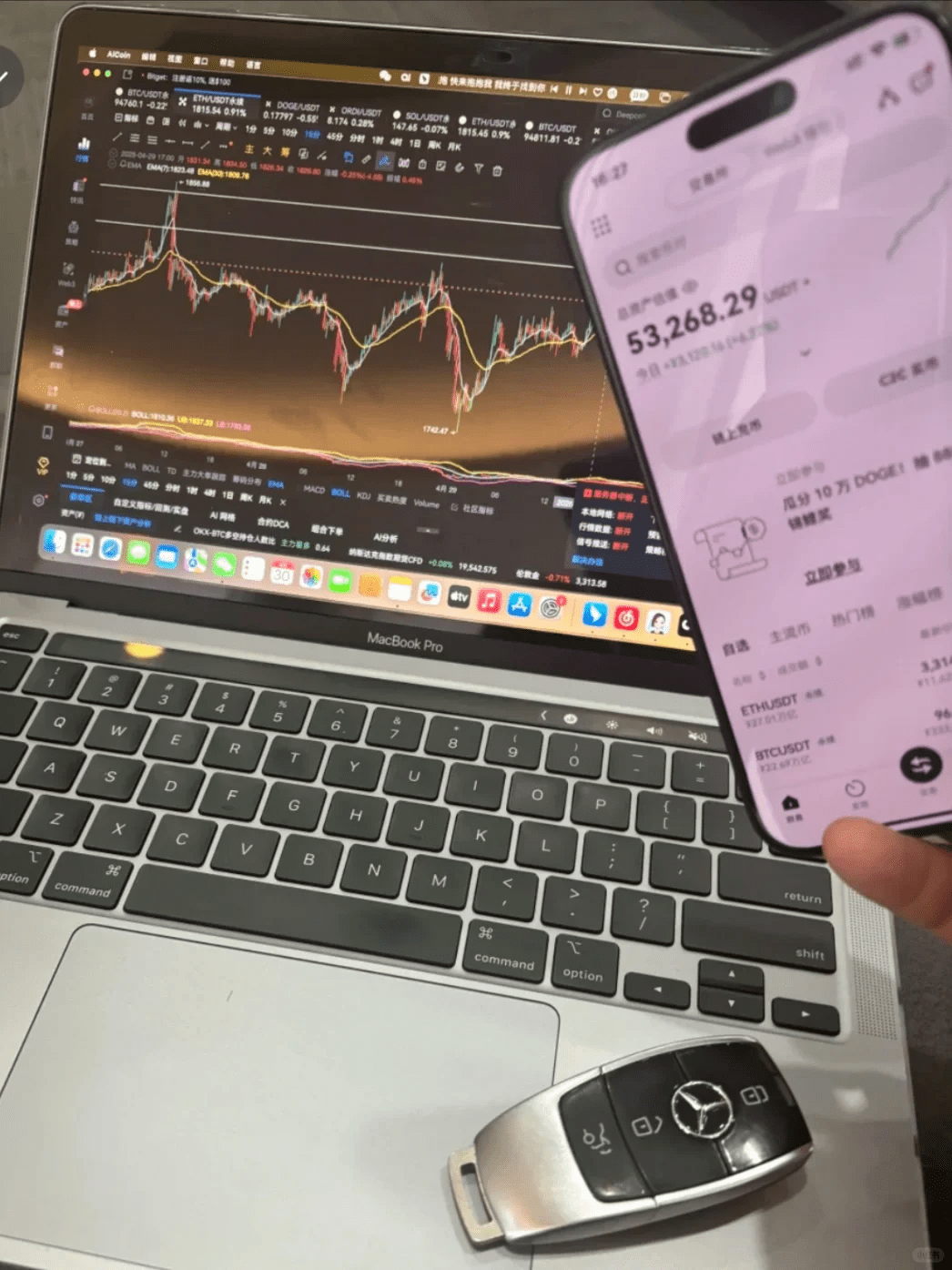
In the cryptocurrency circle for 8 years, I once focused only on the 1-minute chart, my heart racing frequently, always caught in gains and losses, often buying high or selling low. Later, I met a big shot in the industry, and with just a little guidance, I realized it was that simple. Our problem was that we were only focusing on one timeframe. Today, I will talk about my commonly used multi-timeframe candlestick trading method, a simple three-step process: grasp the direction, find the points, and set the timing.
1. 4-hour candlestick: Determines the big direction of whether you go long or short
This timeframe is long enough to filter out short-term noise and clearly see the trend:
• Uptrend: Highs and lows are rising together → Buy the dip on pullbacks
• Downtrend: Highs and lows are falling together → Short on rebounds
• Sideways consolidation: Prices fluctuate frequently within a range, which can easily lead to losses; frequent trading is not recommended
Remember this phrase: Following the trend increases your win rate; going against the trend will only lead to losses
2. 1-hour candlestick: Used to delineate ranges and find key levels
Once the big trend is confirmed, the 1-hour chart can help you find support/resistance:
• Near trend lines, moving averages, and previous lows are potential entry points
• When approaching previous highs, important resistance levels, or top formations appear, consider taking profits or reducing positions
3. 15-minute candlestick: Only make the 'entry action' later
This timeframe is specifically used to find entry timing, not for trend analysis:
• Wait for a small timeframe reversal signal (engulfing, bottom divergence, golden cross) at key price levels before taking action
• When the transaction volume is released, the breakout is reliable; otherwise, it is easy to have false moves
How to coordinate multiple timeframes?
1. First, determine the direction: Use the 4-hour chart to choose whether to go long or short
2. Find the entry area: Use the 1-hour chart to outline support or resistance zones
3. Precise entry: Use the 15-minute chart to find the signal for the final entry
A few additional points:
• If the directions of several timeframes conflict, it's better to stay in cash and observe, rather than taking uncertain trades
• Smaller timeframes fluctuate quickly, so stop-losses are needed to prevent being repeatedly stopped out
• The combination of trend + position + timing is much better than blindly guessing at the chart
This multi-timeframe candlestick method has been my stable output foundation for over 6 years. Whether you can use it well depends on whether you are willing to look at more charts and summarize more!
